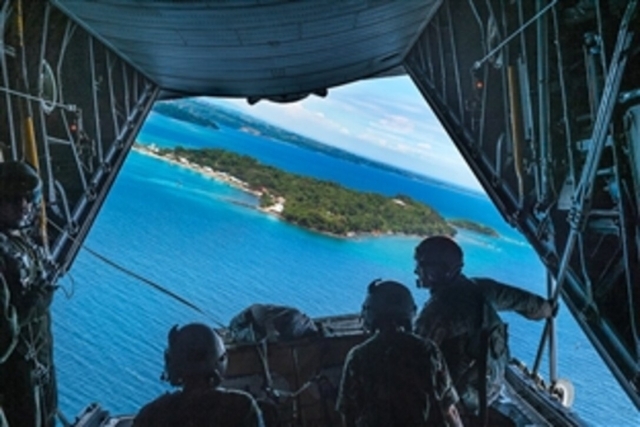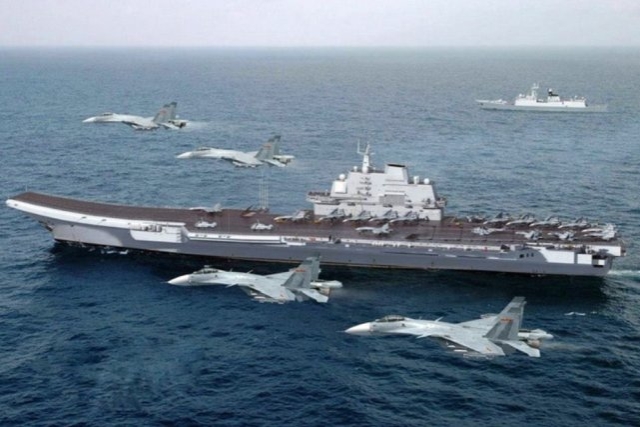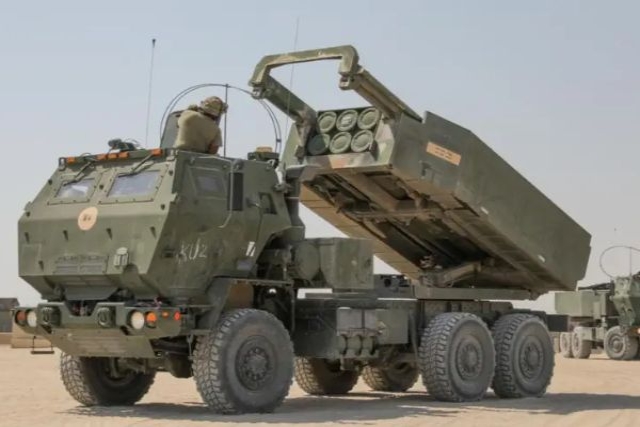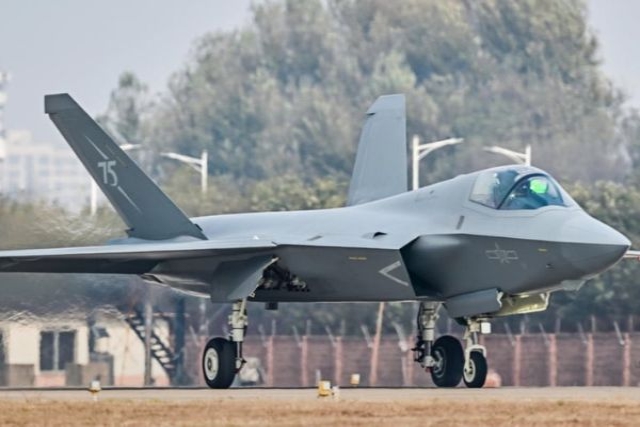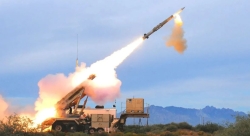China Has Set Up 26 Military Bases in South China Sea Islands
Satellite images reveal extensive Chinese military build-up with nuclear-capable bombers and airfields across disputed islands
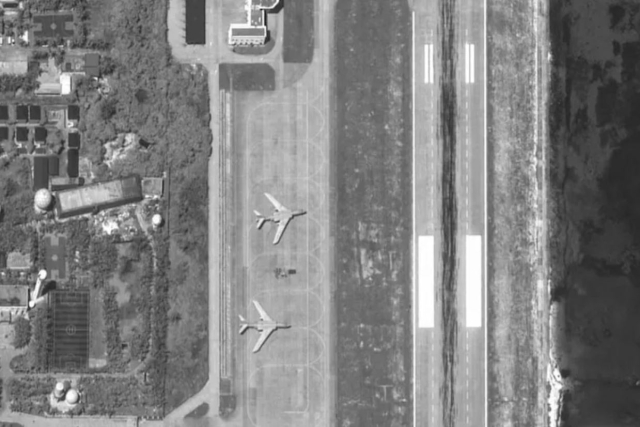
China has constructed 26 military bases across the South China Sea islands, occupying around 3,200 hectares, including airfields capable of handling nuclear-armed bombers.
This is according to a report by ABC citing satellite imagery.
The Center for Strategic and International Studies (CSIS), through its Asia Maritime Transparency Initiative, released satellite images showing Beijing’s expanding military infrastructure in disputed waters, increasing tensions with neighboring countries.
At Mischief Reef, imagery reveals runways, 72+ fighter jet hangars, air defense systems, anti-ship missile complexes, radars, and communications facilities.
In May 2025, two Chinese H-6K bombers, capable of carrying nuclear weapons, were seen on Woody Island in the Paracel Islands.
“These bases have moved China’s military presence from sporadic patrols to a permanent, coercive footprint,” said Gregory Poling, Director, Asia Maritime Transparency Initiative.
Analysts warn the expansion threatens countries across the Indo-Pacific, including the U.S., Australia, Japan, and Vietnam. China asserts historical rights under the “nine-dash line”, though the claim lacks international legal standing, to justify control over parts of the Coral Sea and South China Sea.

China’s large-scale reef sand-filling and island-building have destroyed more than 4,000 acres of coral reefs and damaged 20,000 acres of seabed, described by experts as one of the largest deliberate environmental disasters in human history.
Other nations like Vietnam have also expanded military outposts, but China’s scale, infrastructure, and planning have given it a strategic edge, turning the area into a de facto “Chinese Lake.”
China recently accused Vietnam of building on “illegally occupied” islands in the Spratly Islands—which Beijing refers to as the Nansha Islands of Quandao, claiming them as “integral territory.”
However, these claims are not recognized under international law and have been contested in rulings by the Permanent Court of Arbitration in The Hague.
